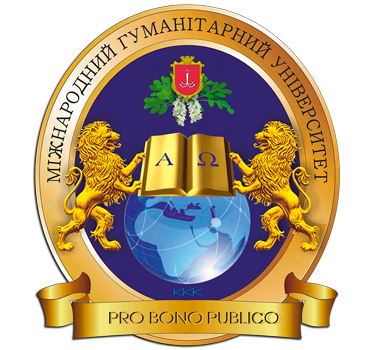PREDICTING THE OUTCOME OF CIRCULATORY FAILURE, OR THE USE OF ANALOGIES IN MEDICINE
DOI:
https://doi.org/10.31379/2411.2616.16.2.8Keywords:
circulatory energy, heart failure, vascular failure, hypovolemia.Abstract
The article offers a method for predicting the outcome and monitoring of intensive therapy of circulatory failure based on the assessment of energy parameters of blood circulation. Aim. Development of prognostic criteria for the course of circulatory failure. Methods. Electrodynamic modeling of the circulatory system has been applied, as a result of which a number of new parameters of the circulatory system have been introduced and a new look at the known ones is presented. Results. The reference values of the proposed energy indicators have been determined in the study of blood circulation in 30 healthy volunteers. It has been found that the integral energy parameter of blood circulation — circulatory reserve (CR) — in healthy individuals is 617±145 mW/m2. In heart failure on the background of acute coronary syndrome and ejection fraction not more than 40 % CR is 184±58 mW/m2, over 40 % — 367±86 mW/m2, in vascular failure, requiring the correction of α1-agonists — 202±65 mW/m2, in the absence of this — 384±77 mW/m2, in blood loss 40% of BCV and more — less 50 mW/m2. The level 100 mW/m2 is dangerous and reflects the high probability of death, 50 mW/m2 is incompatible with life. Conclusions. 1. Electrodynamic modeling of the functioning of the circulatory system in different conditions allows us to deepen the understanding of the mechanisms of its autoregulation. 2. Autoregulation of blood circulation in different conditions is a multi-factorial and difficult-to-predict process and can only be evaluated by taking into account various combinations of its kinetic and dynamic indicators. 3. Energy analysis of the functioning of the circulatory system allows to make an integral assessment of the effectiveness of autoregulation of blood circulation and its correction, as well as to predict the outcome of intensive therapy of circulatory insufficiency. A CR level below 100 mW/m2 is dangerous and predicts an adverse outcome of circulatory failure with a high probability.
References
Рябов Г.А. Гипоксия критических состояний. Медицина. Москва, 1988. 288 с.
Усенко Л.В., Шифрин Г.А. Интенсивная терапия при кровопотере. Изд. 3-е, концептуальное и инновационное. Новая идеология. Днепропетровськ, 2007. 290 с.
Lotka A.J. Elements of physical biology. Williams and Willkins publ. Baltimore, 1925. 250 p.
Odum E.P. Am. Zool. 1968. Vol. 8. P. 11.
Hochachka P.W., Somero G.N. Biochemical adaptation. W.B. Saunders Company publ. Philadelphia, 1973. 375 p.
Иванов К.П. Энергия и жизнь. Успехи современной биологии. 2008. Т.128. №6. С. 606-619.
Фолков Б., Нил Э. Кровообращение / пер. з англ. Медицина. Москва, 1976. 463 с.
Михневич К.Г. Некоторые вопросы гидродинамики и энергетики циркуляторного и гемического звеньев системы транспорта кислорода (часть 2). Медицина неотложных состояний. 2018. №5(92). С. 24-33.
Энергодинамика кровообращения в периоперационном периоде у больных с острым коронарным синдромом, перенёсших аортокоронарное шунтирование / Михневич К.Г., Волкова Ю.В., Баранова Н.В., Науменко В.А. Клінічна анестезіологія та інтенсивна терапія. 2019. № 2(14). С. 55-63.
Прогнозирование развития артериальной гипотензии при повороте пациента на живот на фоне спинальной анестезии / Лизогуб Н. В. та ін. Science Rise: Medical Science. 2019. №3(30). С. 4-10.






